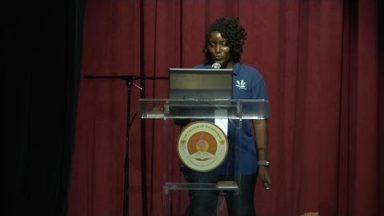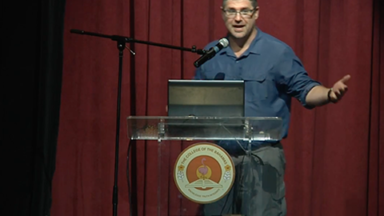Fishing Pressure and Environmental Effects on Growth and Sexual Maturity of Queen Conch (Strombas gigas) in The Bahamas
Presented by Codero M. Johnson
Cordero M. Johnson
The Queen conch is an important part of the culinary tradition of the Bahamas and neighboring regions. The natural abundance of conch within the Bahamas has decreased due to overfishing (Stoner & Mueller 2013, Theile, 2001). This research presents an analysis of Queen conch lip thickness of six distant fishing grounds within the Bahamas. The data was acquired from the Bahamas Department of Marine Resources; With a goal of determining how selective fishing impact conch maturity and to provide regularity information to the Government of the Bahamas which can inform future decision making in fisheries within the archipelago. Mean LT of 15.5 aids Stoner et. al (2012) argument whilst the distance and depth determined maturity. The theory of optimal foraging was proven indicating that maximizing landings (returns) whilst simultaneously minimizing effort. Therefore encroaching on locations with which require little diving effort and fuel consumption. Results also indicate that Man-O-War Channel and Memory Rock may be capable of colonizing more encroach shallow locations (Once Undisrupted Mating May be Continuous 1:1 ratio). The study suggest that the Department of marine resources should address lack of uniformity in conch selection through standardize lip thickness (mm) at potentially 15mm. Whilst studying Fishermen and Fleet Dynamics (Hilborn (1985 p. 3)) to develop understanding the interaction between exploited stocks and human activities







Recent Comments